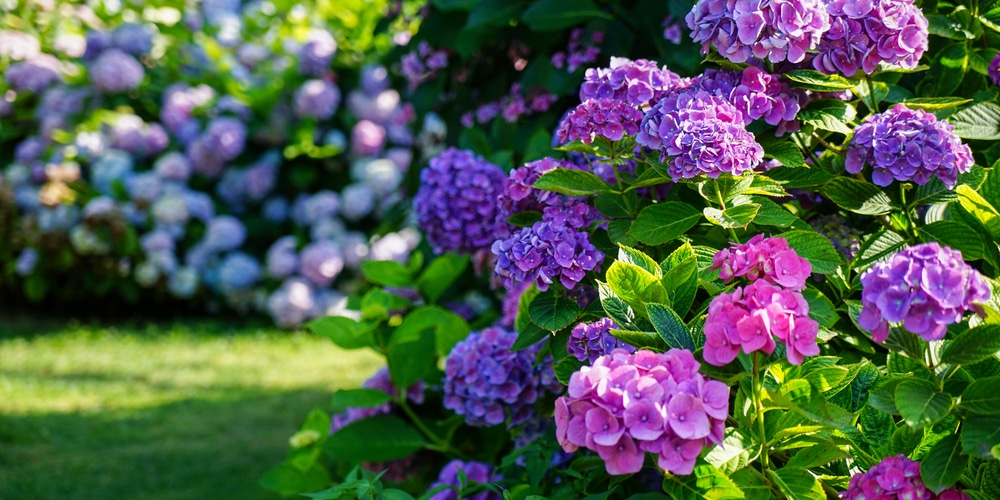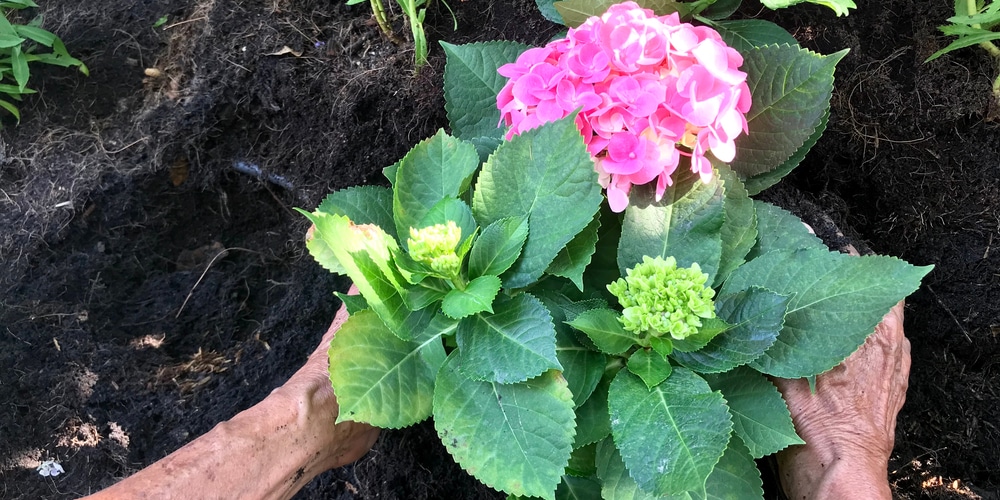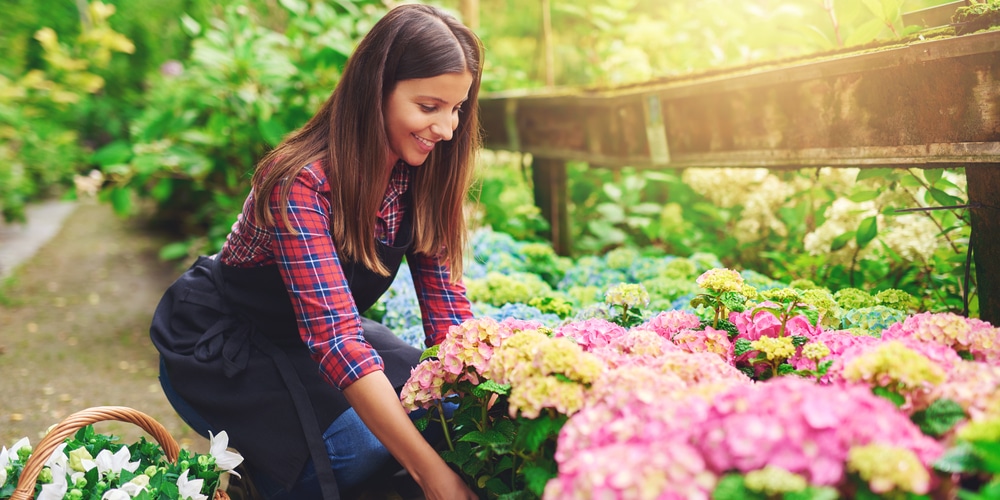Hydrangeas are stunning and voluminous flowering shrubs that you should consider adding to your garden. They display showy and delicate-looking pastel-colored flowers that make any yard look more elegant. Plus, they will attract plenty of beneficial pollinators (including bees and butterflies) to your yard, making it look more lively between summer and spring.
And the best part is that hydrangeas are not hard to grow, especially once you provide them with what they need to thrive. Indeed, despite their high-maintenance looks, these plants do not need much attention from your side. You can add them as hedge plants or around borders to increase privacy in your property with an elegant touch.
But beware, under optimal conditions, these plants grow fast: make space for them as they might reach up to 15 feet in height. Luckily, hydrangeas are versatile: they perform well in USDA hardiness zones between 3 and 7, where they can grow as perennials.
But can hydrangeas grow in Georgia? And what can you do to make the most out of these plants in this region?
To learn about growing hydrangeas in Georgia, read on. Here, you’ll find our recommendations to grow these plants in your garden.
Can Hydrangeas Grow in Georgia?
Georgia falls under USDA hardiness zones between 6 and 9, with the southern parts of the state being warm and dry. The conditions are ideal for various plants, including hydrangeas. So, yes: with proper care, hydrangeas can successfully grow in Georgia. Of course, by ensuring these plants get what they need to thrive, you’ll increase your chances of getting thriving plants in your yard.
Plant your hydrangeas in the fall or early spring to give your plants enough time to establish themselves in the soil before the blooming season. Also, planting them in the fall will reduce the risk of exposing your plants to attacks from pests and diseases.
Choose a location that gets morning sun without receiving the harsh rays of the afternoon sun. Indeed, too much sunlight might burn your plant’s leaves and cause discoloration in the flowers. However, that doesn’t mean you should grow your plants in the shade: inadequate lighting might halt their growth and reduce bloom production. For this reason, you should avoid planting your hydrangeas directly under trees, which might also result in your plants struggling for nutrients and water. Don’t forget to select a location with protection from harsh winds: they can destroy and rip your plant’s leaves and flowers.
If you live in the southern parts of Georgia (but even if you don’t), add mulch around your plants: it will help regulate the soil temperature and retain moisture. Hydrangeas grow well in rich conditions: amend your soil with organic matter (as compost or manure) if you need so. Drainage is essential for successful results growing hydrangeas: these plants like moisture but will struggle in soggy conditions, which might cause the root to rot and, eventually, the death of your plants.
Don’t forget to plant your hydrangeas in a hole that is at least double the size of the root ball to allow your plants to grow as much as they can without struggling for nutrients and water.
Hydrangeas Varieties to Grow in Georgia

You can grow most hydrangeas in Georgia, but you’ll get better results with certain species. If you don’t have a space under partial shade, we recommend Bigleaf hydrangeas: they thrive even with minimal lighting and need protection from harsh winds. You can find them in mophead or lacecap varieties producing blue, pink, lavender, or even pale yellow flowers.
Play with the acidity of your soil to experience the whole range of colors these plants can offer you. Consider pairing your hydrangeas with daylilies or other bright-colored flowering plants for even more dramatic effects.
If you prefer more delicate looks, consider oakleaf hydrangea might be another good option for your garden. It grows well in Georgia and produces small but stunning white flowers that start in June and last until the first weeks of fall.
If you’d like to enjoy blooms later, consider adding hydrangea paniculata: these plants thrive in full sun and start producing flowers in late summer.
Can Hydrangeas Grow in Georgia?: The Bottom Line
So, to keep the story short, yes: hydrangeas can grow in Georgia. However, to enjoy your plants at best, ensure you give them adequate care: follow our recommendations, and you’ll have nothing to worry about!
Related Article: When to Plant Hydrangeas

